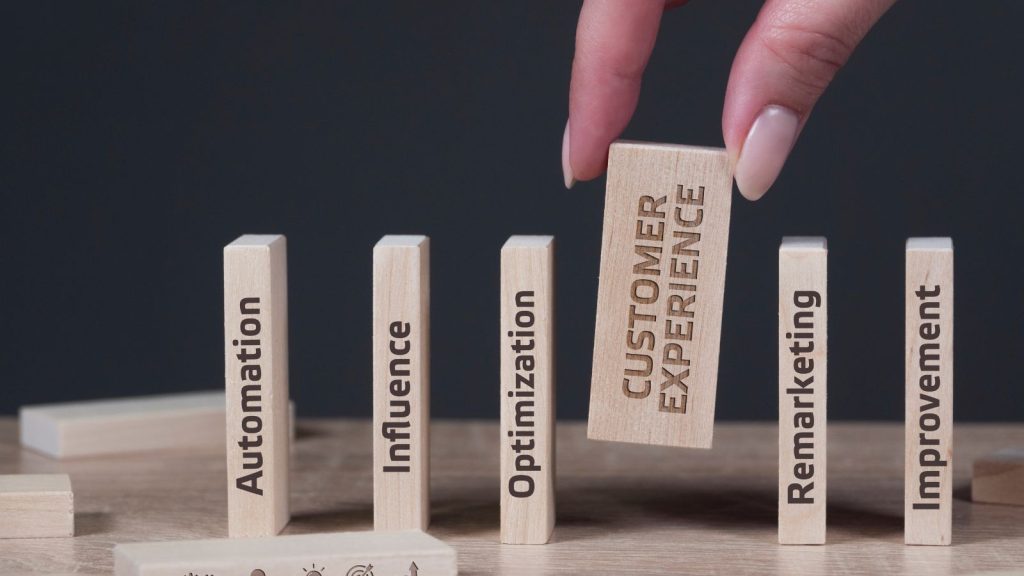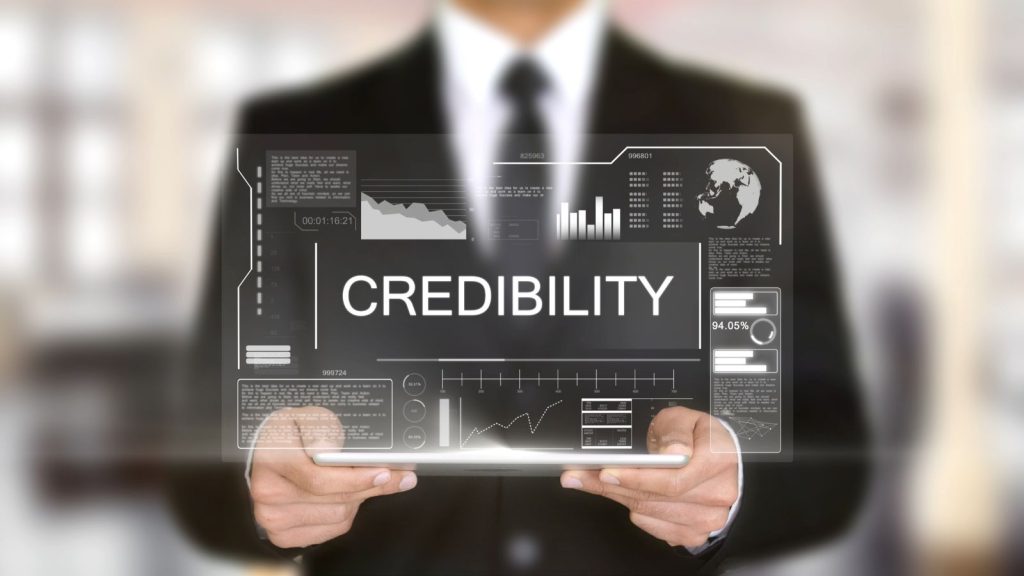Are you struggling to increase eCommerce revenue?
The year 2019 is poised to offer 1.92 billion eCommerce shoppers. That is if you can get them to your site.
Whether you’re new to online business, or just need help to ramp up online sales, read to know what you need to do to inform strong choices today.
Increasing your online sales take several steps. Also, it can largely depend on your personal business goals. But overall, here are some basics elements to build a robust foundation for sales success.
- Establish an eCommerce Marketing Strategy
- Know your Audience
- Improve your Brand’s Customer Experience
- Find the Right Marketing Channels
- Dial-up Content Marketing
- An Easy, Seamless Checkout Process
- Build Your Online Credibility
- Regularly Evaluate Feedback

1. Establish an eCommerce Marketing Strategy
You can’t talk about increasing online sales without drafting a strategy to guide you to the results you desire.
Your marketing strategy should:
- Contain your value proposition
- Cover all goals and objectives
- Reflect a specific period of time
- Communicate your mission statement
- Describe your target market
- Outline your buyer personas
- Detail your pricing
- Include your positioning strategy
- Discuss the distribution strategy
- Summarize content mix
- Cover your digital channels
- Explain the processes you will use to execute the strategy
Your marketing strategy should communicate a clear and consistent message to your customers about your brand.
Extra advice: you can step things up by educating your prospects with tools like webinars, video tutorials, and online chat. Use all of these to guide customers through every step of the buyer’s journey with your store.
2. Know Your Audience
You already knew that, right?
But roughly 60% to 70% of marketers in B2B businesses know a true understanding of their customers escapes them. This statistic alone demonstrates the importance of simple preparation, and the edge it will give you.
How much do you know your audience? Can you say with absolute certainty that you have a solid idea buyer that would find value in your product. Before you even think about jumpstarting an online business, you have to know to whom you will sell. With what audience is there a viable market for your product or service? Establishing a target audience is the first step to product ideation so that you know what needs you must meet.
Without this vital step, you won’t have much luck with sales, much less “ramping up” your already existing sales. Certainly, you may have people buying your product. However, putting a product online without considering your target audience is like going hiking without a map or compass. It’s a waste of time, and you might get lost.
Don’t waste money on inefficient campaigns that yield little success. First, know your audience and build buyer personas.
Create Detailed Buyer Personas
A buyer persona is an in-depth representation of every characteristic your desired buyer might have. For those in eCommerce who sell on multiple platforms, buyer personas are helpful in expanding your sales potential. Especially if you have a lot of diverse product categories, you can separate products by storefront. Setting up a buyer persona for each store lets you create focused marketing strategy. You can be relevant to the buyer persona based on specific characteristics.
How do you figure out these characteristics?
Creating strong, useful buyer personas requires in-depth research. You will need to look at your previous customers, taking your channels and products into account. With that data in hand, there are certain questions to ask yourself.
Here are some examples of important questions to answer:
- How old are your customers on average?
- What other demographics can you think of?
- Where do they exist online?
- Where do they look for information online?
- What problem do they have that your product can solve?
In a nutshell, know your customer interests, their demographic and common characteristics, and the media they use to search for products and services. Consequently, this will help you select the best marketing channel and strategy to communicate your message.
It’s impossible to please everyone at once. That’s why buyer personas are necessary for an efficient, strategic way of boosting sales. So keep your messaging focused. After all, no customer is going to buy your product if it doesn’t satisfy a need or solve a problem. This is why it’s key to know which specific market appeals to your products and services.

3. Customer Experience with Your Brand
Customers are no longer passive when it comes to information, especially product information.
After all, the availability of information via the internet means your customers have access to myriad products. Sellers the world over are all vying for their attention. And the best way to attract that attention is with an amazing customer experience. In fact, 86% of customers would likely pay more for products that come with a fantastic customer experience.
If you’re only offering a product, you’re already off on the wrong foot.
There are a million online stores offering products like yours.
To customers, your brand and their experience with it are one and the same. You have to ensure your customer experience is enjoyable and personalized to their specific needs and preferences. The customer experience will make them return to buy far more than your products will. This is brand loyalty. A solid customer experience sets you apart from your competitors and brings your brand promise to life.
Today, customers are looking for meaningful engagement, a “wow” experience, from brands.
Customers are loyal to brands that demonstrate a commitment to them by consistently exceeding expectations. Now, the keyword here is consistency, both before and after purchase. So your marketing communications must be consistent across all marketing platforms and online sales channels.
Customers build loyalty based on their impression of your brand. Available digital technology is yours for the taking. To leverage it, personalize your service offerings to the customers. Consequently, this will create a deep connection with your customers. Hence, it’s important to provide a delightful brand experience across all platforms.
4. Find the Right Marketing Channels
A mere 14% of companies currently have a true omnichannel campaign in place.
As such, you need a channel strategy that will be the best fit for your business. Ideally, it focus on spaces where customers falling into your buyer personas already exist.
Pay-Per-Click (PPC)
You pay websites like Google and Amazon for every click an ad of yours gets. PPC ads can be Paid Search Ads. Usually, these are text-only ads at the top of search engine results. Display ads are usually banners on popular sites, blogs, mobile applications, games, and shopping campaigns. Here, images of your product appear alongside search engine results. As a plus, PPC is an easy way to sidestep the time it takes to establish SEO.
Search Engine Optimization (SEO)
Pay attention to how your site ranks in search results.
When potential customers are looking to buy a product you sell, they are most likely to use a search engine, like Google, to find you. Those customers aren’t going to look through dozens of search results or even scroll to the bottom of the first page.
You have to provide your content at the top of the search results to sell.
Content Marketing
Content is an excellent way to provide useful information. As such, the value of content builds a base of potential customers. Also known as inbound marketing, content involves writing blogs, creating infographics, and making videos. In the long-run, content marketing establishes your brand as an authority. Moreover, it provides multiple touchpoints for shoppers to arrive at your (online) doorstep. Certainly, it is the most affordable way of marketing, requires only lots of strategic, effortful work. However, it truly pays off, by organically building exponential traffic.
Influencer Marketing
An influencer is someone with a large number of social media followers. People who pay attention to influencers online consider them to be credible sources of information. At the very least, influencers offer a bridge between brands and consumers. Much like a spokesperson, they put your product in front of the eyes of many, giving their (hopefully) honest opinion of it. With influencer marketing, you can increase awareness and push more sales when the influencer posts about your site. Influencers popular top channels like Instagram, Youtube, and blogs, and can drive more traffic from social media sites.
Depending on the influencer, you can either send them your product for free and hope they post about it. More effectively, you could reach out to influencers close to your target audience. By striking up a deal with them or their agent, you can pay them to feature your product. You’d be surprised how much of a return this has on online sales.
Affiliate Marketing
Increase your brand’s online sales by paying an external website to generate traffic. With affiliate marketing, you only pay when the traffic generates sales. So this means this channel is relatively affordable. Furthermore, it provides you the opportunity to receive online sales from customers you didn’t or couldn’t target. Much like professional influencers, affiliates tend to be social media experts. Thus, you guarantee the attention of people from the affiliate’s multiple social media platforms.
Social Media Marketing
Engage with your customers where they already spend time online. Facebook, Instagram, Twitter, LinkedIn, Pinterest, and others offer different ad types to suit your brand’s advertising strategy. Also, they have innovated features to bridge the gap between brands and target audiences. The goal is to connect directly with potential customers.
Email Marketing
With email, you can send marketing content directly to potential customers’ inboxes. Because it’s interest-based, you get customer contact information when they sign up to receive a newsletter or content offer. With proper maintenance of your email marketing campaign, you ensure the emails are attention-grabbing. More importantly, it sends it to the right people at the right time.
With a newsletter, you must find a balance between not enough and too much. In other words, connecting with customers via email requires consistent content. But you must also not overwhelm them. After all, you don’t want to lose subscribers or have them flag your emails as spam.
Choose Wisely
Ultimately, the channel you choose has to support your marketing strategy and how you broadcast your message.

5. Content Marketing to Ramp up Online Sales
Interestingly, 60% of marketing professionals make one content offer per day. Moreover, content marketing is up to 7.8 times more effective for driving traffic to leader sites. Think about product content as the juicy appetizer that invites customers to stay for the main dish. After all, not everyone knows how to create appealing content to pave the way for increased patronage.
Create custom content with conversions in mind. Gradually, this builds a long-term content marketing strategy. After all, your content is a reflection of what you truly are as a brand. By closely managing your product content, you can get the right products to the right market at the right time. And on the right channels.
Content encompasses every message used to market your brand. Consequently, this gives your customers memorable experiences.
This includes:
- Blog content
- Web copy
- Graphics
- Animations
- Videos
Everything you create must be useful, informative, credible, and engaging. Overall, this tells a story that speaks to the emotional side of your market. Be it an original story, a testimonial of how your brand has made the lives of your customers better, or a description of how you solved a problem. Or all of the above!
Listing the same old product descriptions and statistics is boring. Instead, choose to be memorable.
With content, you can also showcase the industry authority your brand commands. This need not be limited to your products and services. Discuss the issues that are important to your customers.
While you may not get results immediately, content marketing will impact future conversions.
Good eCommerce content includes compelling descriptions of product attributes. This means all senses of touch, sight, or smell are eliminated in online sales. So it’s critical to ensure your product descriptions give your customers the same feeling they would get in an actual store.
What types of content do you need?
Images
Written descriptions go hand in hand with rich, colorful, high-resolution images displaying your products from every possible angle. Display products being used and in tandem with associated products you sell.
Keywords
How are potential customers finding the sites where they are buying products like yours? Make use of relevant keywords to boost your web page ranking and increase traffic.
Call-to-actions
All content must include a relevant and useful call to action. Content should never just end, it should lead to more content.
Common CTAs include:
- Cheat Sheets
- Guides
- Blog posts
- White Papers
- Ebooks
- Tools
- Links leading to specific pages on your website
Don’t ever give a potential customer an excuse to leave your site.
6. An Easy, Seamless Checkout Process
Abandoned shopping carts cost between 2 and 4 trillion dollars a year. Unfortunately, it’s only going to get worse.
You may have done a great job drawing customer attention to your brand. Perhaps you held those customers with compelling content and have convinced them to buy. However, the job’s not done yet. Don’t lose them now with a clunky, cumbersome payment system.
Increase your website’s loading speed. What this does is it makes it easier for your customers to give you their money. Particularly, it is fundamental you make buying from your store an effortless, painless process. If customers feel like it is easier to buy from other sites or physical stores, it’s a sign. In other words, you may need to look into your checkout process.
A seamless checkout process reduces cart abandonment. Ultimately, easy checkout guides customers back to your site for more sales.
In the same vein, it’s crucial to reduce distractions to the bare minimum during the checkout process. Ads bombarding your customers during checkout distracts them and will cost you sales.

7. Build Your Online Credibility
Customer perception of your business is critical, so infuse your brand communication with personality.
Content goes a long way to assure customers that your brand is credible. So how can you do this? For one, you can display trust seals. Alternatively, highlight both positive and negative reviews on your website if you have them.
Positive reviews obviously speak directly to your brand quality – that’s a given. But why should you include negative reviews as well?
It’s better to showcase negative reviews that you have successfully resolved. Such reviews speak to your brand’s commitment to your customers. Furthermore, it conveys to potential customers proofs that you’ve accepted returned products, processed refunds, or simply reached out to customers directly. All-in-all, this helps prospects build trust in your brand.
Customer trust becomes customer loyalty.
Consumers will always want to know, hear, and see the comments of others who have used your products and services in the past, before they decide to commit to you and what you are offering. Thus, you have to optimize your website and social media accounts. In essence, this provides avenues for customers to leave reviews about their experiences with you.
Convince your customers that you offer secure dealings.
Naturally, 84% of customers won’t buy if they think a website isn’t secured. So communication here is essential. Do this by providing clarity regarding the steps, procedures, and software in place that ensure their transactions and information are safe with you.
8. Regularly Evaluate Feedback
What do we mean by the “feedback mechanism?” It means you must have a system of assessing and considering feedback. This feedback can be from your customers, employees, teams, partners, or any software solutions that display analytics. No matter what, make sure you set feedback about your business performance to good use. Always take time to analyze and evaluate your progress (or shortcomings).
Doing this will reveal gaps and give you an idea of what works and what doesn’t. Make use of resources that track the health of your SEO.
How can you measure performance?
- Referral rates
- Conversion rates
- Leads generated within a specific period of time
- Site traffic
- Social media sharing
Solicit feedback from your customers directly.
Ask questions on social media and encourage customers to fill out surveys about their experience with your brand. Experiment to fix the gaps you discover until you figure out what works best.

Scale-up Online Sales Success
There is no one magic method for online sales success. However, be sure NOT to select services that can’t scale up as you grow.
That’s why it’s important to make choices tempered according to your future goals. Especially when selecting the eCommerce marketing channels that will help you grow as a brand.
Ultimately, eCommerce sales success rests on consistently dazzling your customers. That means creating delightful experiences that keep them coming back for more.
Now that you know how to ramp up online sales like a pro, click here to see what Catsy can do for you.

